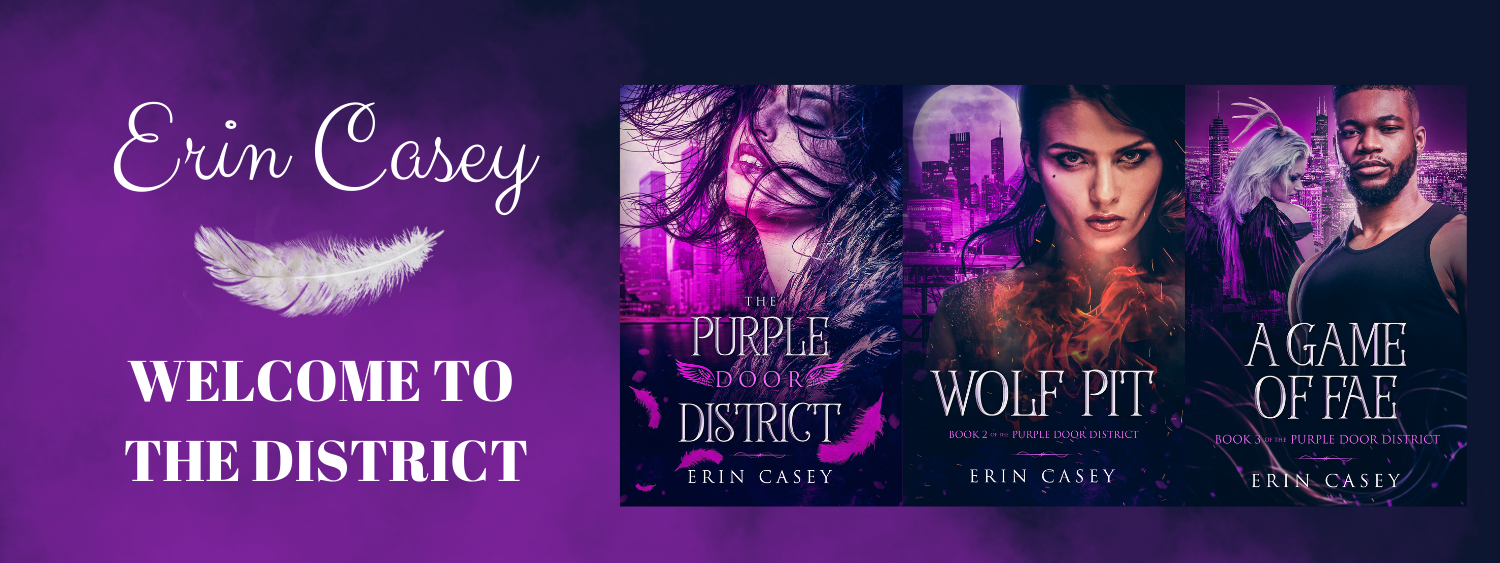 (Image of Edith Mae from TOTC)
(Image of Edith Mae from TOTC)
A couple of weeks ago, I decided to write about character development. I took you through different ways to create the character and a couple of templates that people might choose to use. Now, I want to go a little more in depth about character creation, so I’ll guide you through some of the do’s and don’t’s that I’ve learned.
Make Your Character Unique: You want to focus on making your character unique and easy to recognize in the story. This could come through physical appearance or through actions/personality. The character needs to be memorable otherwise your readers are going to grow bored very, very fast. It’s perfectly fine to make a character who is generic if he’s a background character because he’s not as important as say your main character. But at the end of a book, you want your readers to be able to tell you what your character looks like, or distinguish him from the others because of the things he does.
There are plenty of ways you can make the character unique. Does he have a special power that no one else has? Does he have unique hair color or eye color? Is he a warrior for the king, a cop, a pilot? I find that even throwing little things into the description like making him allergic to something is really interesting. It just makes him more unique and fun to explain. You also want to be able to establish what kind of character he is, like a villain, protagonist, comic relief, and so on and so forth. He has to not only be unique in appearance/attitude but unique in the story. You don’t want a bunch of characters to seem the same because otherwise the readers are going to get really confused. Flesh out the character and find out what makes him special.
One of the best ways to practice this is to think about your own quirks, or the quirks of your family members. Do you do something that might seem unusual to other people? Do you have interesting habits? Do you have ideals that are not part of the norm? If you can pick yourself apart, you can learn then how to also pick apart characters and give them a more interesting background.
I found this blog interesting about how to make characters unique: http://writetodone.com/how-to-create-characters/
2. Make Your Character Relatable: While you do want to make your character unique, make sure that he’s relatable as well. If you have someone who can move mountains, avoid every attack, survive any mortal injury, your readers are going to get either bored or annoyed. They can’t relate to this character because he’s too God-like. Even characters like Thor have weaknesses, which may be as simple as vanity or cockiness. You don’t want to Godmode, meaning you don’t to make a character who can do anything without repercussions. Basically, you’re making him a God and unattainable.
One of the easiest ways to make the character relatable is to give him emotions that the readers might understand. Is he powerful but fears that power because he might hurt someone? Is he smart, but because of this he struggles with his emotions? You need to find a way to reach out to the readers so they can feel like they can understand this character, otherwise why should they cheer for the character? This is especially important for your main character because he’s the one who drives the book.
On the other hand, try not to make your character so insanely unique, that your readers get overwhelmed. For example, giving a character a name like Zexaforgiolious D’Numarion, second son of Dibblio D’Numarion, with an appearance of golden skin, purple, blue, orange, yellow hair with lavender highlights, two-toned red and blue eyes, with the ability to turn star essence into new planets and…etc. etc. etc….is just a bit too much. Detail and uniqueness are wonderful, but please try to limit yourself if you can. While this may work for animated shows where the audience can actually see the characters, it might just be too much for a book. All the detail gets lost, and if you ask someone what the main character is like, she might just blink at you and respond, “Hair….lots of colorful hair.”
3. Give Your Character a Purpose: One of the most important things to remember is to give your character purpose. What is the point of creating that character if you’re not going to use him or her for a particular reason? There are such things as throwaway characters, those who need to be there to help move the story along, but who may not be brought back in again. However, if that character is needed to move the plot, then that character is important. Don’t just make arbitrary extra characters so that your main one has additional friends. I try to think of J. K. Rowling and how each of her characters seems to represent a feeling in her book. That’s how I want my characters to be. I want them to symbolize strength, courage, compassion, sacrifice, and so on and so forth. That’s their purpose. So make sure you give your character something to do.
4. Make Your Character Likeable: You want to make at least some characters likable, and this goes along with the relatable topic. Few will want to read the book if they can’t connect or care about any of your characters. It’s perfectly fine to have characters your readers hate, but you really need to have someone that they can cheer for and actually worry about. There was one book I read where I just did not care about any of the characters. They felt fake to me and were so hollow that I only read the story to see if it would get any better. I refused to pick up the sequel. You don’t want that for your books. Give your characters depth. Make them likeable and encourage your readers to really care, because then you’ll gain a greater audience.
5. Don’t Make a Mary Sue/Marty Stu Character: This applies more to fanfiction, but you can run into this problem in your books as well. A Mary Sue/Marty Stu character is typically one that is just annoyingly perfect. This character can upstage all of the others with her/his amazing skills, or becomes the whiny damsel in distress character, or just seems to be the convenient character that can solve everyone’s problems. This rule kind of falls in line with making a character realistic. You don’t want your characters to be invincible or be the “best” at everything. Flaws make them more interesting and also more relatable. Mary Sues and Marty Stus can just get extremely annoying and make your story feel hollow.
Below are some links that will better explain a Mary Sue and also give suggestions on how to avoid making such a character. The biggest thing is that you don’t want to make your character the best of the best and you want to give her some flaws and depth.
http://www.urbandictionary.com/define.php?term=Mary+Sue http://www.wikihow.com/Avoid-Making-a-Mary-Sue
6. Don’t Borrow Characters From Other Stories: We all have our favorite books and characters. The one trap authors may fall into when they’re writing is that they make their own character too much like a popular book character. For example, and this is just my opinion, Eragon from the Inheritance Cycle is far too much like Luke Skywalker from Star Wars. If you don’t want spoilers, then please skip to the next paragraph. Both Eragon and Luke are supposedly parentless and live with an uncle (Eragon) or aunt/uncle pairing (Luke) until the bad guys come in and kill their remaining family members while hunting for the main character. Of course, this sets the main character on a quest to learn about his secret abilities (Dragonrider vs Jedi) so that he can avenge his family and also free the land of the horrendous tyranny of the main bad guy (King Galbatorix and Darth Vadar). They both have mentors who guide them and who are eventually killed (Brom and Obi-Wan/Yoda) which drives them to learn even more. They later find out secret brotherly/sisterly relationships (Murtagh and Leia) and then discover that their father was still alive (Brom/Vadar). Eventually they both lose their father figures after the father feels as if he’s redeemed himself. Obviously there are plenty of differences too, but you can see what I mean…these characters are extremely similar.
Once again, this falls under the rule of making your character unique. Try not to borrow from other stories if you can help it and come up with your own ideas when you design the character. Yes, you might find some similarities since few ideas are original these days, but so long as you try to really do something different and special with your own character, that’s good, and you’ll be able to avoid readers picking your character apart and comparing them to those from other books and movies.
7. Don’t Confuse Your Characters: This issue can happen if you’re writing multiple projects or just have way too many characters. I’m completely guilty of this as well. Don’t recreate characters by mistake. What I mean with this is that I wrote a series about a character and had her past and ambitions all designed. When I created a new series, I unintentionally recreated my main character, so much so that I will probably have to go back and redo a lot of the history in the other series. Likewise, I created two characters that are extremely similar (though they serve different purposes). I still need to go through and see if the second character really is needed, or if there are ways that I can separate them more.
Why is this important? You don’t want your readers calling you out for remaking your characters. Nor do you want your readers getting confused, thinking they’re reading about one character but they’re actually reading about another. If you repeat the characters, your story also might start feeling dull and predictable. Be creative. If you start noticing differences, slap your hand, regroup, and rewrite one of the character’s histories so that you can make him and the story unique.
That’s about all I have for now. As always, leave a note below if you have an idea you’d like me to write about.
